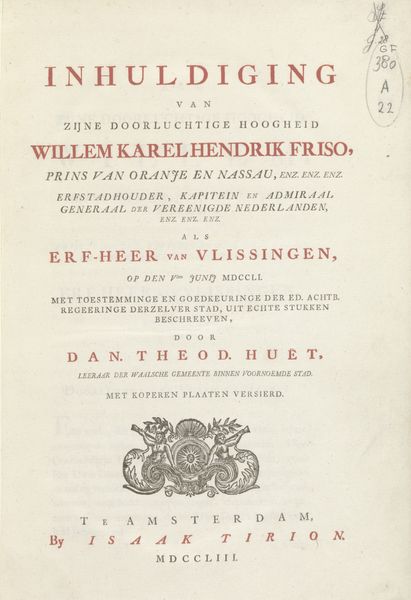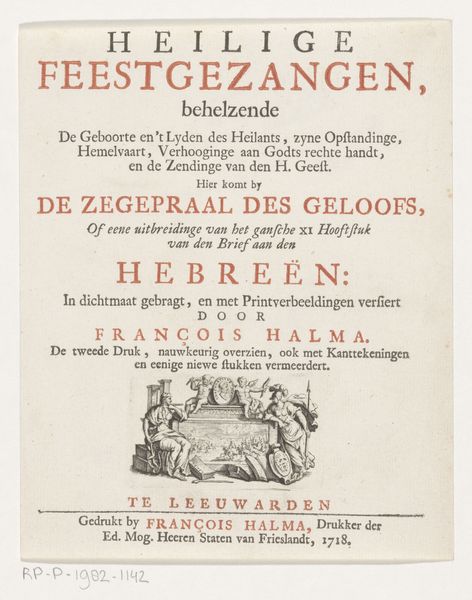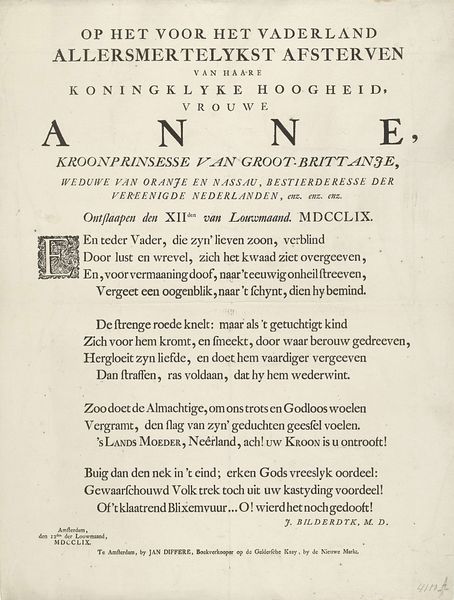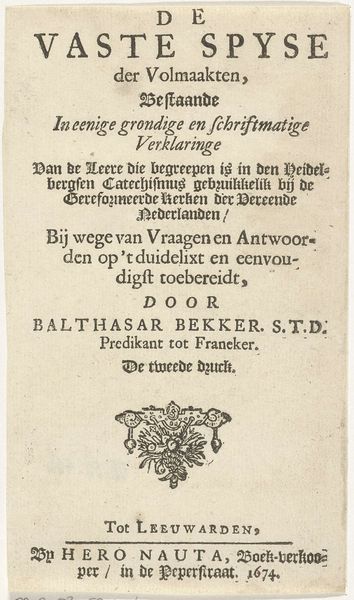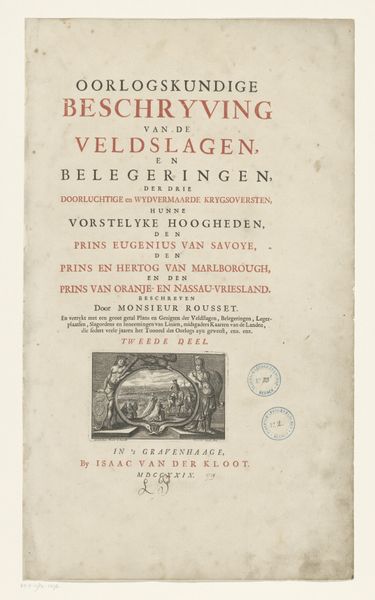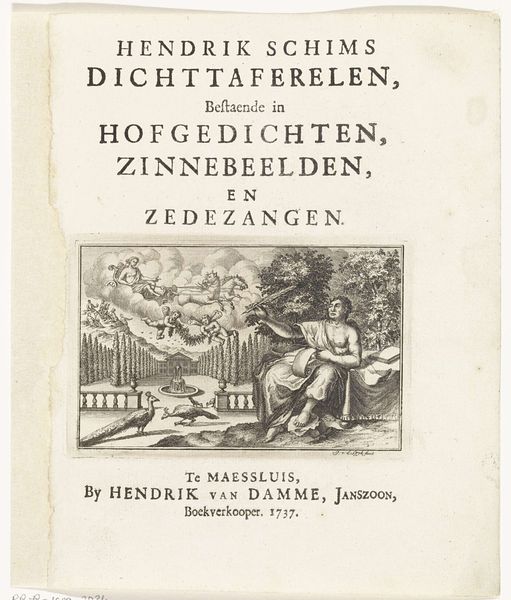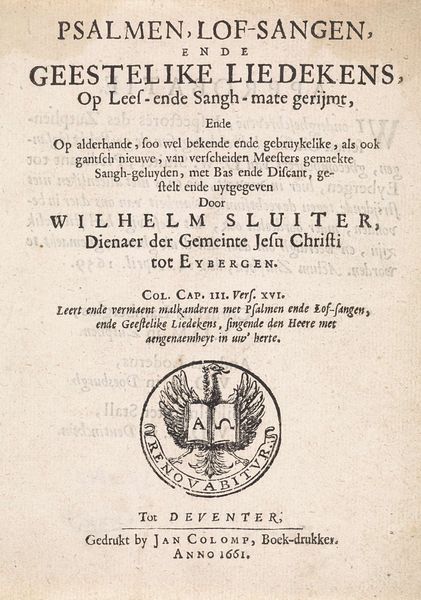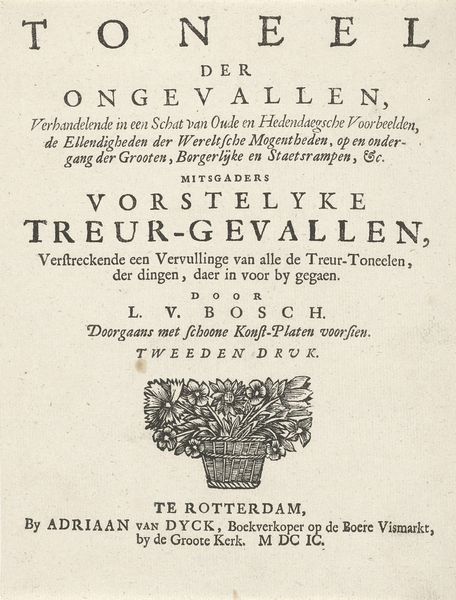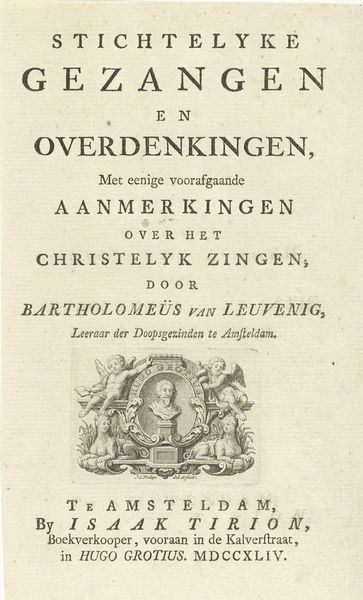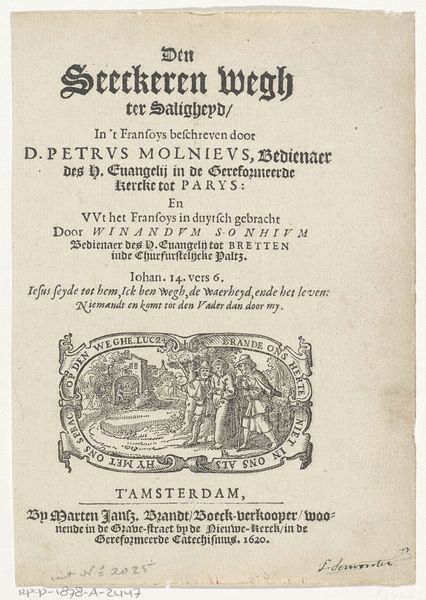
Embleem van het Schildersgenootschap te Utrecht bij de viering van het honderdjarig bestaan, 1744 1744
0:00
0:00
graphic-art, ornament, print, textile, typography, engraving
#
script typeface
#
graphic-art
#
ornament
#
script typography
#
dutch-golden-age
# print
#
old engraving style
#
hand drawn type
#
textile
#
typography
#
hand-drawn typeface
#
fading type
#
thick font
#
handwritten font
#
engraving
#
historical font
#
columned text
#
calligraphy
Dimensions: height 354 mm, width 535 mm
Copyright: Rijks Museum: Open Domain
This print was made in 1744 by François van Bleyswijck in Utrecht, and commemorates the centenary of the Utrecht painters' guild. We see an emblem of the Guild, framed by a laurel wreath, and a dedication thanking the city's mayors and council. This print testifies to the institutional framework that shaped artistic production in the Dutch Republic. Painters' guilds like the one in Utrecht controlled artistic training, regulated the art market, and represented the interests of artists in the city. Such institutions were vital to the economic and social well-being of artists in the 18th century. This emblem, therefore, is more than just a pretty image: it's a symbol of the power and importance of artistic institutions in Dutch society. To fully understand this print, one might consult archival records of the Utrecht painters' guild, histories of the city of Utrecht, and studies of artistic patronage in the Dutch Republic. These kinds of resources help us understand the social conditions that made this artwork possible.
Comments
No comments
Be the first to comment and join the conversation on the ultimate creative platform.
